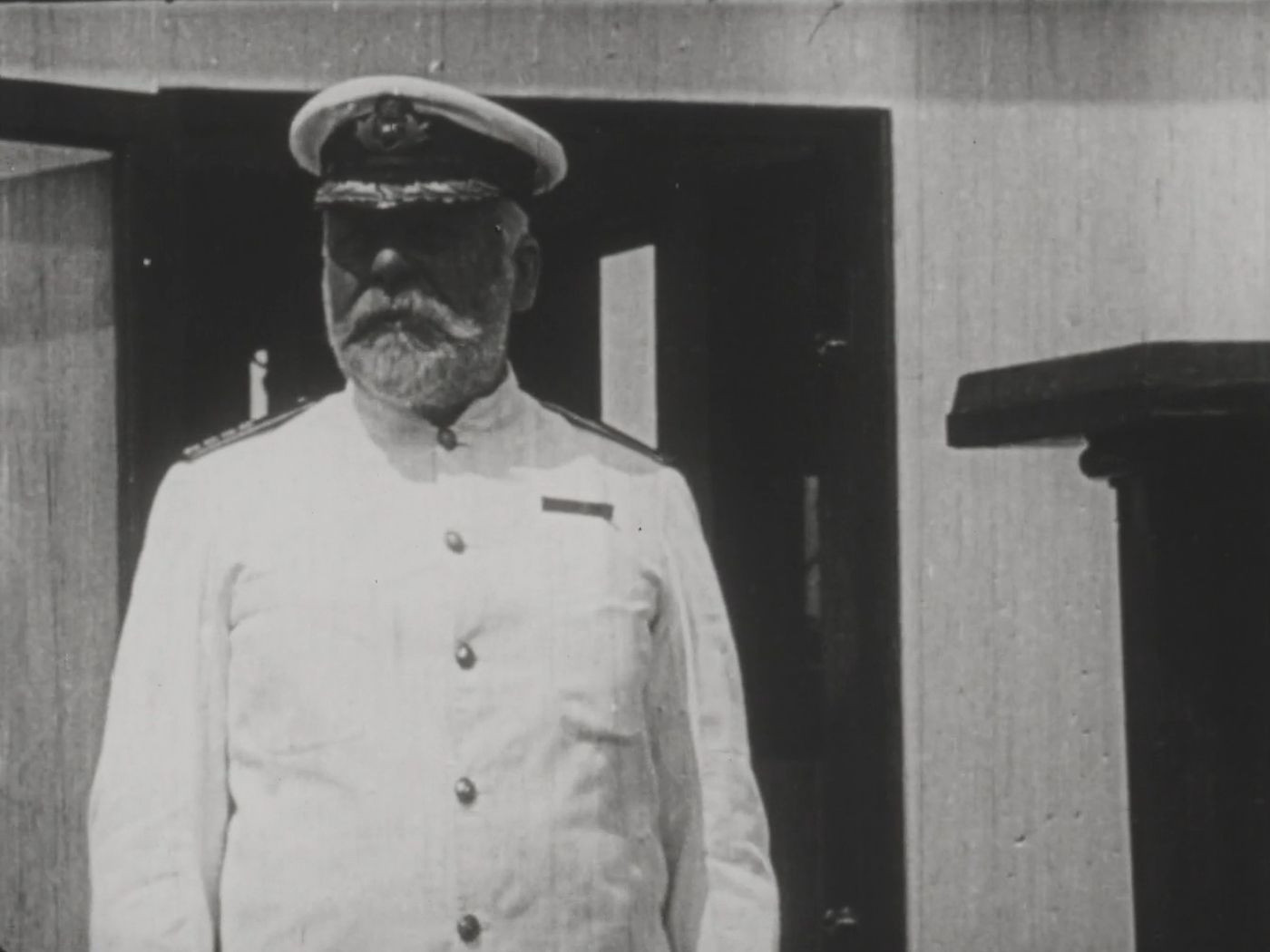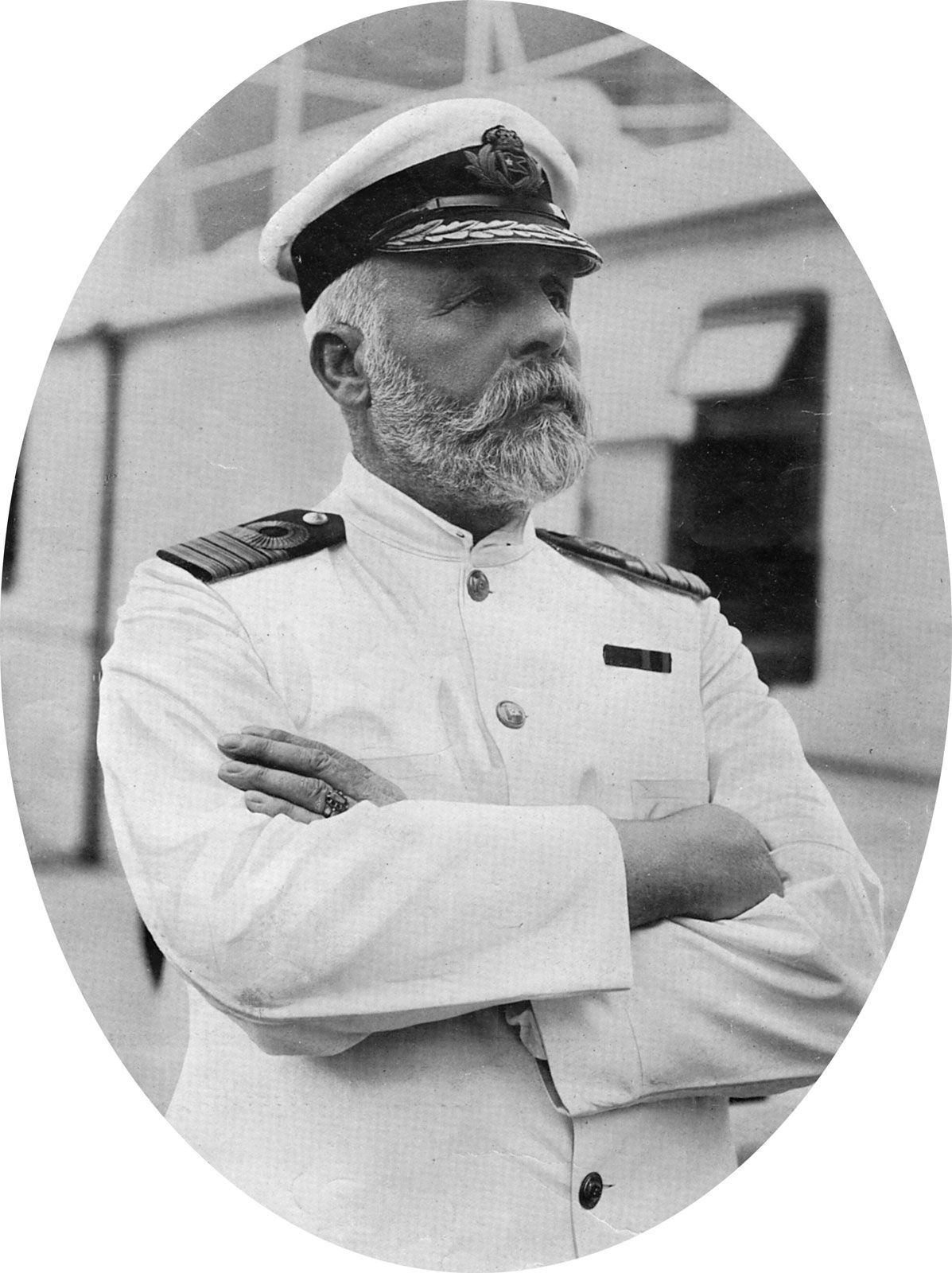The RMS Titanic, a name synonymous with maritime tragedy, embarked on its first and only voyage on April 10, 1912. But Where Was The Titanic Going when it met its fateful end? This grand vessel, hailed as unsinkable, was destined for a prominent city in North America, promising a journey of luxury and prestige across the Atlantic. Let’s delve into the intended path of this iconic ship and explore the details of its planned route.
 Watch actual footage of the Titanic
Watch actual footage of the Titanic
The Titanic disaster actual footage, showcasing the historical significance of the ill-fated voyage.
The Titanic’s voyage commenced from Southampton, England, a major port city on the southern coast of the country. Southampton was a bustling hub of maritime activity, and the White Star Line, the owner of the Titanic, had strong ties to the city. Passengers from various parts of Britain boarded the ship here, eager to begin their transatlantic journey. England, at the time, was a global superpower, and the Titanic represented the pinnacle of British engineering and luxury.
The intended final destination for the Titanic was New York City, United States. New York, a vibrant and rapidly growing metropolis, symbolized opportunity and the ‘New World’. It was a highly sought-after destination for both immigrants seeking a new life and wealthy travelers seeking business and leisure. The transatlantic route between Europe and New York was a crucial artery of global travel and commerce in the early 20th century.
Vintage Titanic poster from 1912, advertising the luxurious maiden voyage to New York.
The voyage wasn’t a direct shot from Southampton to New York. The Titanic was scheduled to make stops to pick up more passengers. Its first stop after leaving Southampton was Cherbourg, France, on the evening of April 10th. Cherbourg, a port city in northern France, required passengers to be ferried to the Titanic via tenders as the harbor wasn’t deep enough to accommodate the massive liner directly at the dock. Among the passengers boarding at Cherbourg were prominent figures and families, adding to the ship’s already illustrious passenger list.
After Cherbourg, the Titanic proceeded to its next and final European stop: Queenstown (now Cobh), Ireland, arriving on the morning of April 11th. Queenstown was another significant port of embarkation, particularly for Irish emigrants heading to North America. This stop marked the last time the Titanic touched European soil. Photographs taken as the Titanic departed Queenstown are among the last known images of the ship afloat, unknowingly sailing towards its tragic destiny.
Titanic departing Queenstown, Ireland, on April 11, 1912, one of the final photographs taken of the ship.
From Queenstown, the Titanic set course westward across the Atlantic Ocean, directly towards New York City. The journey was intended to take approximately a week. The route was a well-established transatlantic path, though notorious for potential ice hazards, particularly in the early spring months. Captain Edward J. Smith, known as the “Millionaire’s Captain,” was in command, adding to the sense of security and prestige associated with the voyage.
The passenger manifest boasted a diverse group, from the wealthiest industrialists and socialites like John Jacob Astor and Benjamin Guggenheim, to immigrants in steerage hoping for a better future in America. The allure of reaching New York was powerful, representing a gateway to new opportunities and dreams for many aboard.
Captain Edward J. Smith, the “Millionaire’s Captain”, who commanded the Titanic on its ill-fated voyage to New York.
Tragically, the Titanic never reached its intended destination. Late on the night of April 14, 1912, and into the early hours of April 15th, the ship struck an iceberg in the North Atlantic, approximately 400 nautical miles south of Newfoundland, Canada. The damage was catastrophic, breaching multiple watertight compartments and sealing the ship’s fate.
Despite distress signals and the heroic efforts of the crew, rescue efforts were hampered by distance and communication limitations of the era. The RMS Carpathia, responding to the Titanic’s distress calls, arrived hours after the sinking to rescue the survivors.
The sinking of the Titanic, far from its intended destination of New York, resulted in the loss of over 1,500 lives. The disaster shocked the world and remains a stark reminder of the unpredictable power of nature and the fragility of human endeavors, even those considered ‘unsinkable’.
Illustration depicting the Titanic sinking in the North Atlantic, far from its New York destination.
In conclusion, where was the Titanic going? The answer is New York City. Its maiden voyage was planned to traverse the Atlantic from Southampton, England, with stops in Cherbourg, France, and Queenstown, Ireland, before making its grand arrival in the bustling American metropolis. However, fate intervened, and the Titanic’s journey ended in tragedy in the icy waters of the North Atlantic, forever altering its place in history from a marvel of engineering to a symbol of maritime disaster. The dream of reaching New York, for so many on board, remained tragically unfulfilled.
Titanic survivors being rescued by the Carpathia, after the ship sank in the Atlantic, en route to New York.

 The “Millionaire
The “Millionaire